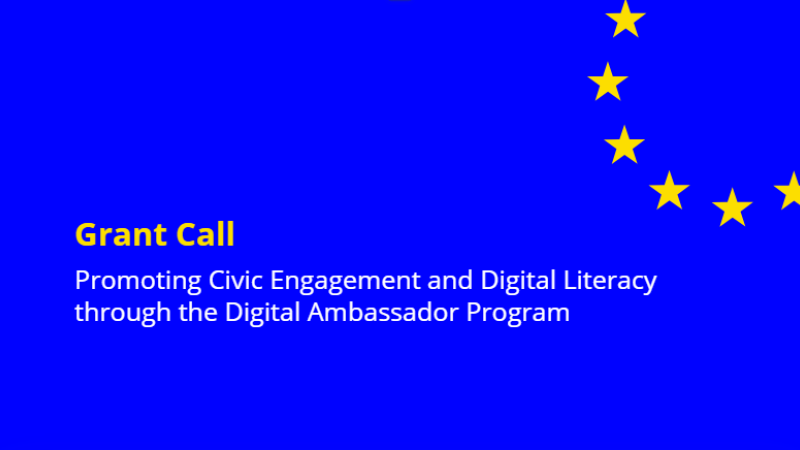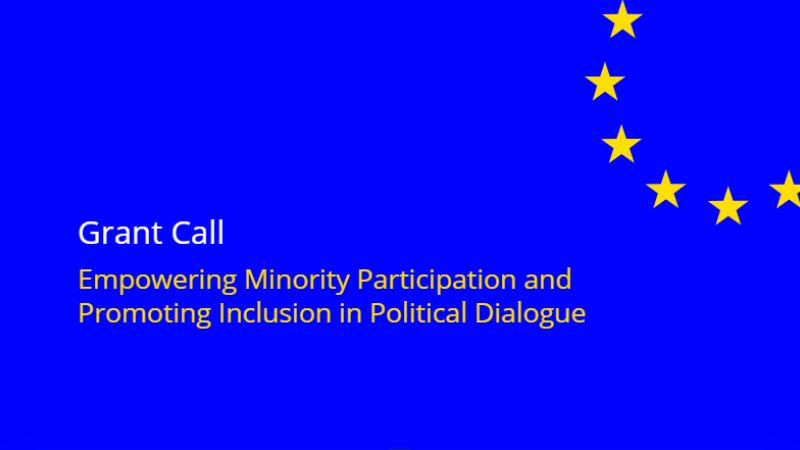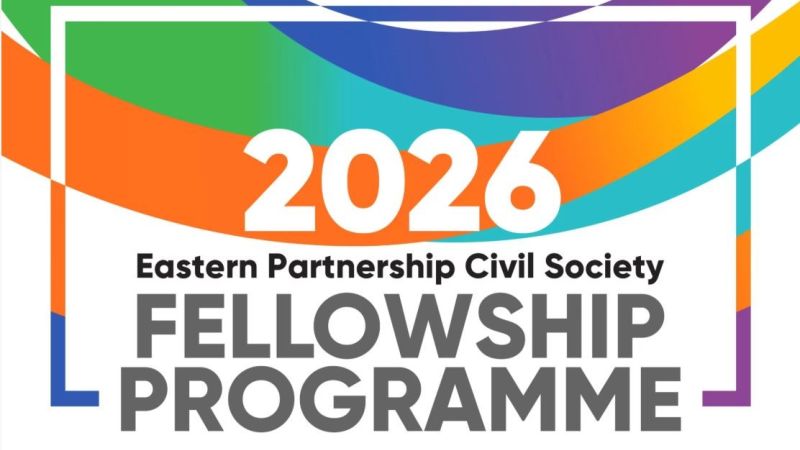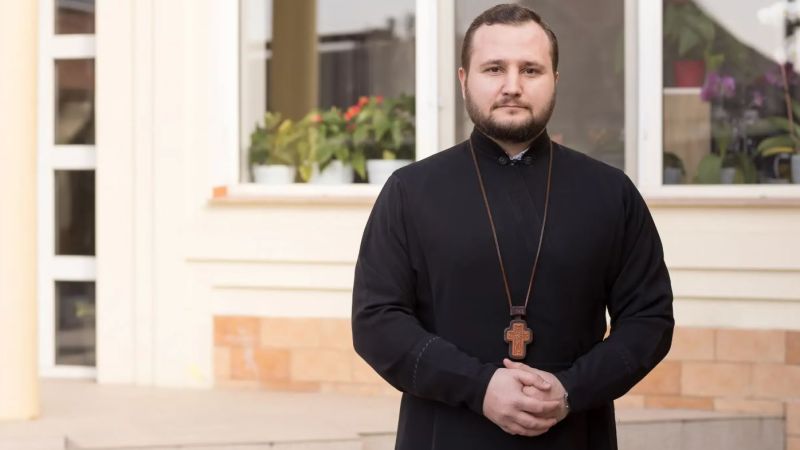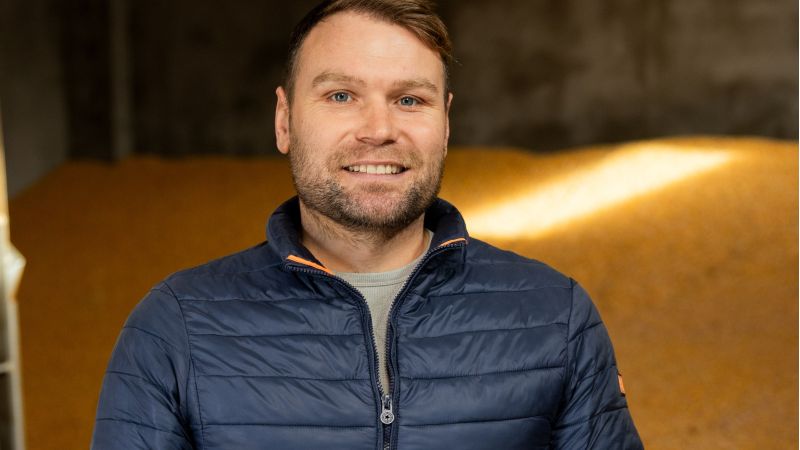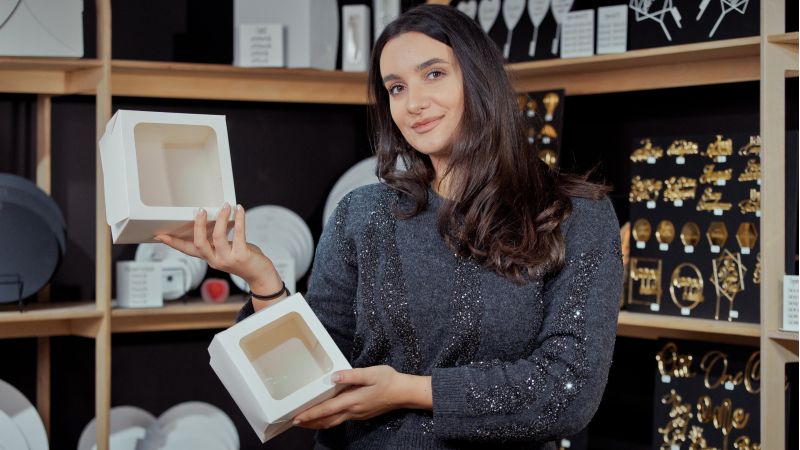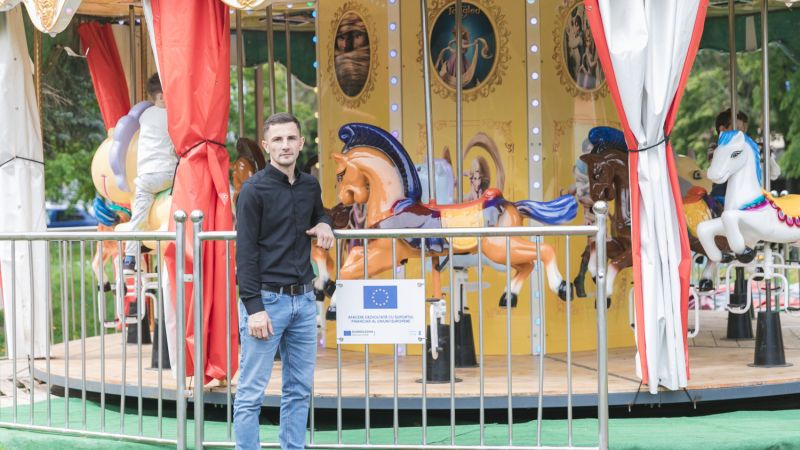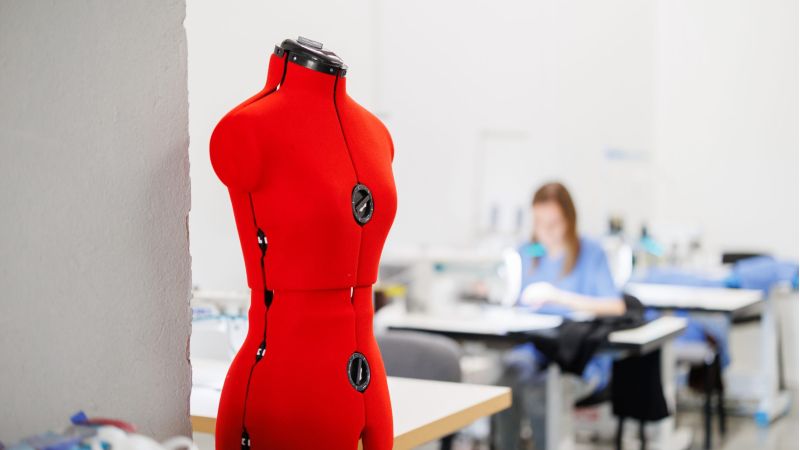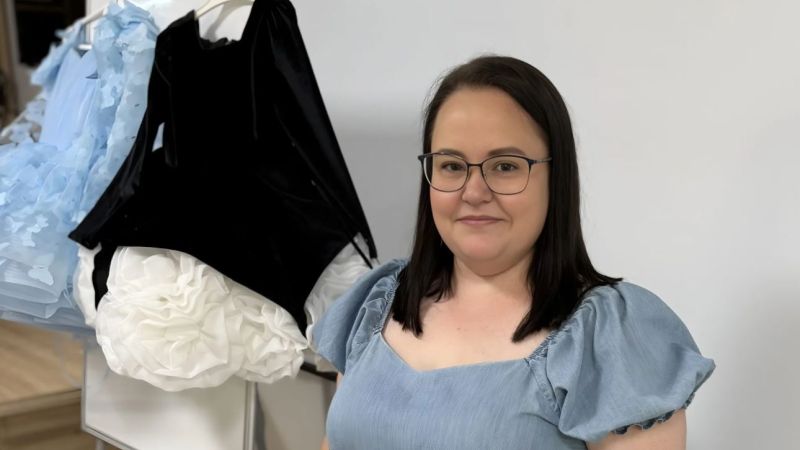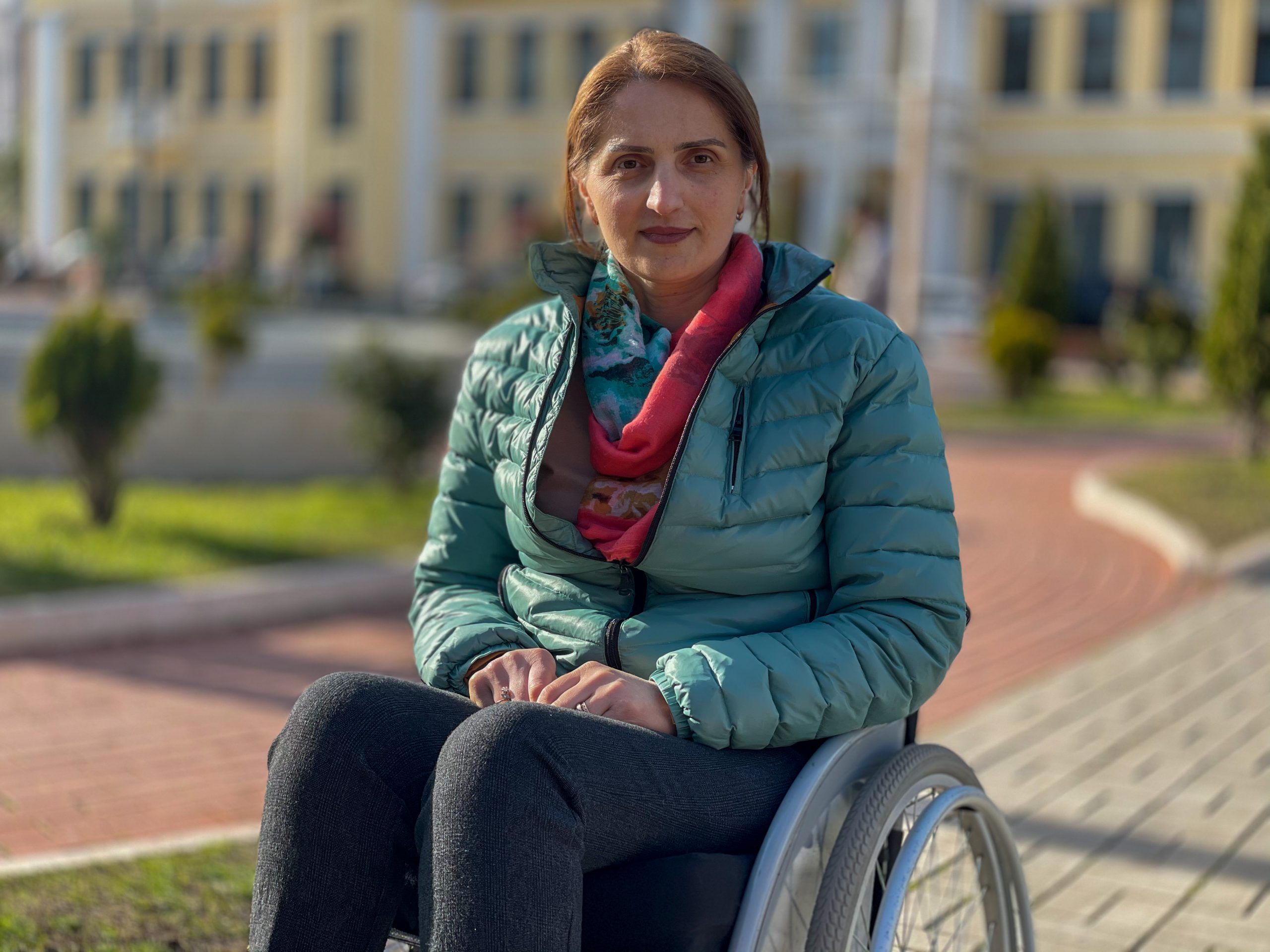
‘I kept going’ – supporting persons with disabilities during the pandemic
- Cross-cutting areas
- Civil society
- Mobility & people-to-people contacts
- Health
The COVID-19 pandemic has left a deep mark on the world, especially in the area of peoples’ socialisation. To fight against this and to provide support, the European Union implements a number of projects.


One of these is the ‘Supporting Disabled Communities in Overcoming the Barriers Caused by COVID-19’ project in Georgia, implemented by the Coalition for Independent Living, in cooperation with People in Need (PIN), and funded by the EU. The aim of the project is to protect the rights of vulnerable groups during the pandemic, and to offer them vitally important services.
Irma Partsvania was one of the first to take advantage of the project. Irma is 35 years old and lives in Kutaisi. “I have an inherited spinal cord hernia and I’ve been in a wheelchair for most of my life, I had surgery when I was 29, and it has only been two years since I started going outside – before that I had to stay at home all the time. Going out wasn’t easy. Until the age of 12, I used to walk with a walking stick, then, after gaining weight – which is typical for this disease, you gain more weight from the waist up, rather than from the waist down – the heaviness weighed down on me and I hurt my leg. I had to stay at home, I could no longer go to school, a teacher came to my house, but still I couldn’t get the necessary education. I was a teenager at that time, and I can’t say it was easy. I needed three to four years for my leg treatment. Before it was unimaginable to go outside, later I just had no desire to go out, I shut myself in.”
Irma says that although a lot has changed since her childhood, and the urban environment has improved, independent movement through the city still remains a huge challenge: “Even the ramps are made in such a way that it’s hard to use them, not only independently but even with someone’s help. I can’t go into many stores because of the lack of facilities. The ramps aren’t installed properly, and even my mother has hurt her leg several times when helping me. Going a long distance is a whole different issue. Sometimes even the taxi drivers refuse to come. When they hear you are a wheelchair user, often they can’t find a car where a wheelchair can be placed, and sometimes you are totally dependent on whether the taxi driver is understanding of your situation. There have been times when the driver has come to pick me up and has refused to take me. This is why I decided to get a driver’s licence, but then the COVID-19 pandemic began and everything was delayed.”
Although Irma manages to communicate with her friends through social networks, she too suffers from the isolation enforced by the pandemic: “I’m 35 years old and it’s only in the last two years that I’ve been trying to follow a normal lifestyle. It was very hard for me to go out of the house after so many years, and I was able to do it because I could see that persons with disabilities were beginning to become more active. Others became role models for me, and so I decided to give it a try. I took part in trainings and slowly began to realise that inaction is not a solution. I made new friends and got involved in other activities – I started to learn fencing, went sightseeing in the country, I saw the mountains, the sea. I tried to make up for everything I had lost to my 15 years of staying home. But then Coronavirus stopped everything, and staying at home again after all of this is very hard.”


When Irma heard about the EU project ‘Supporting Disabled Communities in Overcoming the Barriers Caused by COVID-19’, she realised the project could help her resume her driving lessons, and signed up for the project’s special transport service to take her along. She went to driving lessons for a month and a half, and now she drives her own car. “This project enabled me to overcome one very important problem – the problem of mobility. It saved me from the costs, and the daily challenge of movement by taxi, and I was able to resume my previous activities. It’s great when you know that a car will come for you and will transport you wherever you want. Within the framework of the project, I was helped with switching to the special hand driving system of the car, and pretty soon I passed my driving test as well. Now, I can drive on my own, independently, wherever I want. For most people this may be nothing, but it definitely gave me the self-confidence. My next step is to take culinary courses and open my own confectionery,” says Irma Partsvania.
According to project manager Ana Tsitsagi, persons with disabilities living in high mountainous regions and villages of Georgia found it difficult to access qualified social and healthcare services even before the pandemic, but the enforced measures related to COVID-19 made it even harder to provide them with vitally important public services. “Mobility became complicated. The second wave of the pandemic caused an even wider spread of the virus, which significantly prolonged the period of isolation for persons with disabilities. Many families were left without any source of income, and the state-funded social services were interrupted from time to time, leaving persons with disabilities without vital assistance. By providing tailored services, the project helps persons with disabilities to receive the necessary services and to continue their active life. According to the February data, 269 persons with disabilities benefited from our adapted transport, which shows just how important it is for them to have such supportive projects,” says Ana.
Madona Lominadze lives in Batumi and she has been using a wheelchair for 15 years. She fractured her thoracic vertebrae in a bad fall when she was 30, causing damage to her spinal cord and movement disability. Madona had been a schoolteacher but had to stop work after the accident. She refused to work for many years after that: “I have two children, when I was injured, they were 5 and 6 years old. Whenever I was offered to go outside and work, I answered – I have children to take care of. Now I realise this was simply an excuse to stay at home, because as far as the ability goes, I think I would definitely be able to cope with everything, if I hadn’t been scared of the environment. It’s been two years since I decided to work again. I work at the Supreme Council of the Autonomous Republic of Adjara as an assistant to the chairman of the Human Rights Issues Committee, and everything is exactly as it would be without my disability. With hindsight, I regret, not the time I spent on my children’s development while at home, but the fear of leaving my house, the fear I felt at that time.”




Madona says fear of going outside hinders many persons with disabilities and interferes with their socialisation. It’s not easy to endure the look of pity on people’s faces in the street: “Oh, poor thing – these were the words I read in the eyes of these strangers. It’s not easy to accept this, when you don’t pity yourself at all. I don’t think that any disability makes a person pitiful. I don’t even remember, and I don’t even think any more that I am a wheelchair user and that I don’t walk on foot, and this expression on their faces not only reminds me but directly points to my ‘disability’.”
She has now got over these attitudes, and she overcame her fear that she wouldn’t be able to adapt to the work environment: “I thought I wouldn’t be able to acquire the working skills, but, in the end, I decided to start working on a probationary period. As you can see, it’s now the second year of my work here, and I found a very friendly environment in this place. Here, no one points to my disability and nobody tries to do the work for me. There are often cases when you are made to feel that it is hard for you to do this task, you need a lot more time to do it and I can do it more easily for you – I have never felt such an attitude here, which helped me enormously in my socialisation.”
Madona says there have always been transport problems for wheelchair users. Although the environment in Batumi is adapted, it remains difficult for wheelchair users to use public transport independently – “a special taxi is quite expensive and not everybody can afford that. As soon as I learnt about this project, I engaged in it very quickly. This greatly simplified my everyday routine of transportation to work. I also use the mobile car service when going to the clinic or for any other activity that I need on a daily basis. Apart from this, there are people involved in this project, who understand us and care about us. They know very well what our needs are and approach us correctly. This is very important,” says Madona Lominadze.
The project offers individual support to persons with disabilities from the regions of Adjara, Guria, Imereti, Samegrelo-Zemo Svaneti and Shida Kartli. The beneficiaries can use services such as transportation with an adapted vehicle from their home in any direction they need, and they can also access the services of an occupational therapist or physical therapist. A total of 269 persons with disabilities involved in the project have already benefited from the adapted transport, of which 110 were women and 159 men. The majority – 175 – live in villages, and the remaining 94 are city residents.
Author: Tamar Kuratishvili
Article published in Georgian by sknews.ge
